Frank Cumont in his Astrology and Religion Among the Greeks and Romans wrote: “From astronomical speculations the Chaldeans had deduced a whole system of religious dogmas. The sun, set in the midst of the superimposed planets, regulates their harmonious movements. As its heat impels them forward, then draws them back, it is constantly influencing, according to its various aspects, the direction of their course and their action upon the earth. Fiery heart of the world, it vivifies the whole of this great organism, and as the stars obey its command, it reigns supreme over the universe. The radiance of its splendor illuminates the divine immensity of the heavens, but at the same time in its brilliance there is intelligence; it is the origin of all reason, and, as a tireless sower it scatters unceasingly on the world below the seeds of a harvest of souls. Our brief life is but a particular form of the universal life…This coherent and magnificent theology, founded upon the discoveries of ancient astronomy in its zenith, gradually imposed on mankind the cult of the “Invincible Sun” as the master of all nature, creator and preserver of men.”
Vitruvius with reference to Varro (116-27) explains, in his presentation of astronomy, the forward and backward movements of stars in this way: “Like heat, at first loosens and then attracts to itself all things…for the same reason the powerful influence of the sun attracts with its rays the stars to itself and does not let them move forward, but forces them to return to itself.” Vitruvius was a Newton of classical Rome.
There is an interesting issue connected with the conflict between the Torah and philosophical science. It was Aristotle’s belief that there are rules which objects are, by their very nature, forced to obey without the need for divine intervention. It is this idea that is prevalent in science today; there are natural laws that determine the behavior of inanimate objects without the intervention of higher authority. It is always possible to argue who or what determines these natural laws, whether there is some underlying will behind all of this. But that lies beyond the reach of science (at least in its present form), not because the question is of no interest, but because it cannot be probed using the reliable framework provided by the scientific method.
The logic of natural laws goes like that: Before the beginning of the earth, before the primal generation of anything, the law of gravity existed sitting there, having no mass of its own. We believe the disembodied words of Sir I. Newton were sitting in the middle of nowhere billions of years before he was born and that, magically, he discovered these words. They were always there even when they applied to nothing. Gradually the world came into being and then they applied to it. We can identify these disembodied words with the Logos of the Gospel of John. Actually Newton himself did that when he identified gravity with the spiritual body of Jesus Christ in his article De aere et aethere.
The gist of Einstein’s view on religion was summed up by himself in 1941, as follows: “ In their struggle for the ethical good, teachers of religion must have the stature to give up the doctrine of a personal god,…that source of fear and hope which in the past placed such vast power in the hands of priests. In their labors they will have to avail themselves of those forces which are capable of cultivating the Good, the True, and the Beautiful in humanity itself.” And that explains why Copernicus’ identification of the sun with a personal god of mythology is unacceptable for the modern scientists. Such identification turns their science into a form of divination practiced in the shrines of ancient sun gods. And that explains why scientists censor the most important passage in Copernicus's book in which he expressed the Renaissance return to pagan sources of the Roman religion. The scientists cannot do their math if the world is ruled by personal God and the simple folks cannot stand the emptiness of the world ruled by their mathematical equations.
And that also explains another important phenomenon in the human history: the identification of the Roman law with the Natural Law in contradistinction to the revelation of the Biblical Law by Personal God bearing personal name YHWH.
In an aristocratic, militaristic, landed society, the interests of the ruling class can be expressed in terms of law. Law cannot deal with perceptions and emotions – with love, beauty, joy, or sadness – but it deals well with family property, state power, class privilege, and military force. A familial, paternalistic state is rule conscious, and its most meaning is expressed in rules. Even today, the dominant legal tradition of Europe, from Paris to Moscow, is Roman; every western country has a legal system based on Roman Natural Law i.e. law emanating from their sun god.
In Thomas Digges's translation of The Revolutions the sun is “like the king in the middest of al who reigneth and geeveth lawes of motion to ye rest.” In this translation the sun stands for abstract Nature, or the essential inherent force formed by the assumption of a single prima cause, like the Aristotelian Prime Mover. In the world of Prime Mover character of man is produced by “gym rooms”. This was also the doctrine of the English public schools in spite of the fact that human actions are not simply bodily movements. Natural man was a child of natural philosophy according to the dogma of natural selection.
Natural Man portrayed in Tharsymachean guise has two main characteristics. His psychological make-up is simple: he is out to get what he wants, and what he wants is narrowly circumscribed. Power and pleasure are his exclusive interests. But to get what he wants this wolf has to wear the sheep clothing of the conventional moral values. His masquerade can only be carried through by putting the conventional moral vocabulary to the service of his private purposes. He must say in the law courts and the assembly what people want to hear, so that they will put power into his hands. Thus the arête of such a man is to learn the craft (special skill), the techne, of molding people by rhetoric. He must take them by the ear before he takes them by the throat.
On the highest theoretical level, Roman law was believed to be a reflection of reason, or of “natural law”. The concept of natural law (taken from Stoic philosophy) assumes that the world operates according to rational principles, that there are universal principles of reason. The law of the state was regarded as the positive, detailed implementation of natural law, and any law that was repugnant to reason had to be a bad law. That’s why impersonal sun god of heliocentrism defined as abstract ‘Mind’ and ‘Ruler of the Universe’ is so important in this system! And that also explains Paul's aversion to Jewish Law (Torah). The Roman Commonwealth was to be ruled by the impersonal Natural Laws.
Emperor Septimus Severus proposed to bring all his subjects together under the worship of Sol Invictus – the Unconquered Sun – and to subsume under that worship all the various religions and philosophies then current. All gods were to be accepted, as long as one acknowledged the Sun (Now referred to as Energy) that reigned above all.
The Pagan Heliocentrism Was Always Present in the Scholastic Philosophy
T. Campanella in his Apologia pro Galileo (Defense of Galileo) Frankfurt 1623 argued as follows, According to the testimony of Laertius, Plutarch, Aristotle, and Galen, Pythagoras first announced to the Gentiles his marvelous doctrine of the motion of the earth, of the sun in the center, and of systems in heaven. He informs them that the moon is another earth, and that the four elements, not to mention water, exist in the stars. Copernicus began to develop his system from the preceding contributions of the Pythagoreans, motivated by the observations of Francesco Maria. The disciple of Pythagoras, Timaeus Locrus, demonstrated by mathematics the diurnal rotation of the earth, and Philolaus of Crotona – the annual revolution of the earth (also by mathematics!) Copernicus then added the motion of libration from the pattern of the motion devised by Thebit of Babylon and King Alphonso of Spain. That such a motion was necessary St. Thomas Aquinas also suggested in Metaphysics from statements of Simplicius. Aquinas's embrace of heliocentrism was brought about by the Arab atheist philosopher Averroes
Aristotle testifies, that Pythagoras, who located the place of punishment in the center of the earth and made fire the cause of motion, described the earth as mobile and animate. So Ovid believes in “Metamorphoses”, Origin in his commentary on Ezechiel, and Plato. It is essential, if hell be in the center of the earth, for earth to be hot within, and, according to Gregory and others cited in the argument of St. Thomas, to be mobile. The interpretation of Galileo does not oppose the belief of St. Gregory, but rather that of Aristotle.
If the Fathers are correct when they say the firmament stand unmoved, the stars stand with it. When the Master of the “Sentences,” St. Chrysostom, and other fathers declare, in harmony with Catholic faith that the firmament is unmoved, it is necessary that they state the same of the stars much more vigorously. Since the stars are immobile it follows that the earth is carried about as a ship, and that stars appear to be moved just as from a ship an island or a tower on the shore seems in motion.
Roman Church's Patronage of Copernicus
The pressure of the official churchmen, who urged Copernicus to publish his work is manifest in a letter of 1536 to the author by Nicolaus Cardinal Schoenberg, a high ranking member of the Vatican curia: “...For I had learned that over and above your excellent knowledge of the theories of the ancient mathematicians you have founded a new world according to which you state that the earth is moving and the sun is occupying the lowest, i.e. the central place in the universe, and that the eighth heaven is immobile and forever fixed... Thus, learned Sir, I hope that I will not be deemed a nuisance when I urgently request you to communicate your discovery to the learned world.” This letter was published together with Copernicus's book.
Tiedman Giese, bishop of Kulm insisted for a long time on publication representing it to Copernicus as his duty toward science and mankind. Thanks to these encouragements Copernicus dedicated his work to Pope Paul III and in his dedication expressed his hope that the Pope by his “infallible judgment” will be able to silence all critical opinions. And that's what really happened.
On the 16th of August 1820, the Congregation of the Holy Office (formerly known as Inquisition) reported that Settele, the professor of astronomy at Rome and Washington might teach (Venia legendi) the Copernican system as truth established. This meant promotion of T.Paine’s anti-Semitism based on his admiration for heliocentrism of the Greek philosophers and contempt for “barbarity” of Jewish Biblical culture. Quite recently Pope John Paul II recognized evolutionary hypothesis also as truth established. As long as Pope Benedict XVI was one of many cardinals he expressed his criticism of Galileo, but after his election he recanted, which means that evolutionism and heliocentrism are two pillars of of Roman Catholicism.
Already Plato wanted to defend his dogmas with the help of an inquisition. And this tradition endured. The editor who decided to publish Velikovsky’s “Worlds in Collision” which undermined the heliocentric scheme was dismissed from Doubleday. “Respectable and reputable professors deluged Doubleday with letters threatening to boycott their textbooks if 'Worlds…' was not withdrawn.” (See Norman Storer, Scientists Confront Velikovsky). When a fossil preparatory in the Department of Vertebrate Paleontology at the Smithsonian Institution started speaking out against evolution, he was sacked in this “Land of the Free”. That’s how the American Inquisition works.
Saturday, December 15, 2007
Subscribe to:
Post Comments (Atom)



















































































































































































































































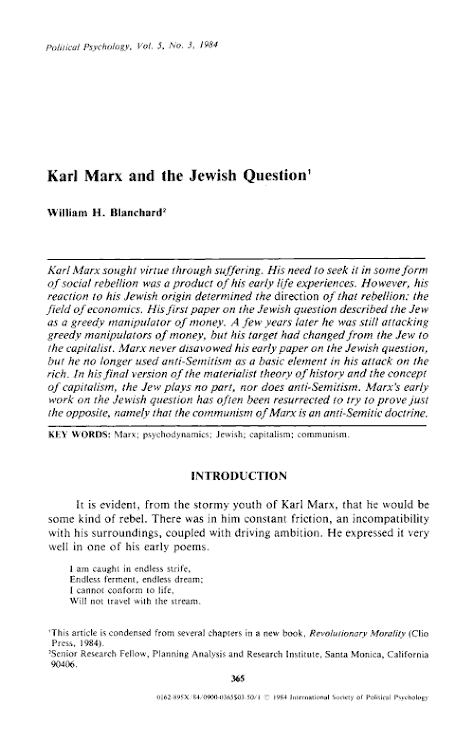











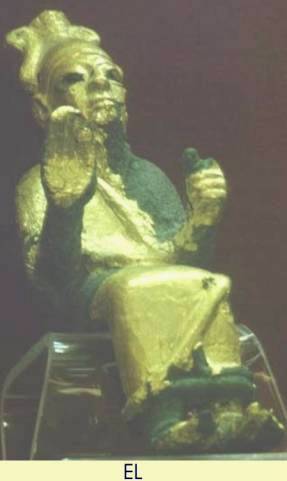

































+Anniversay+Dinner.jpg)





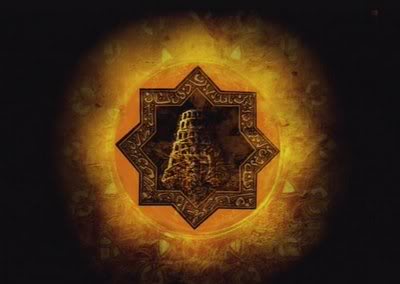









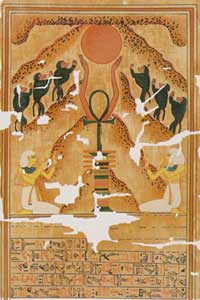








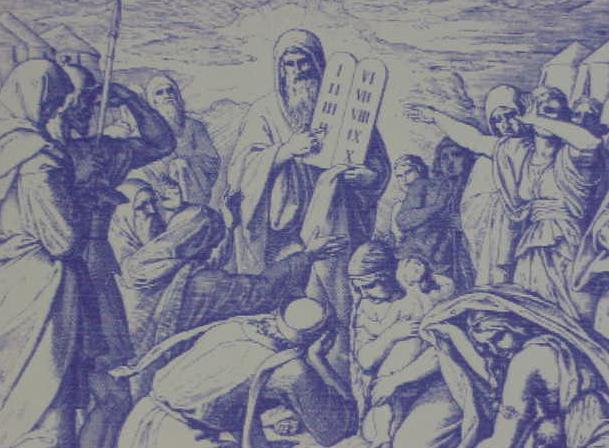
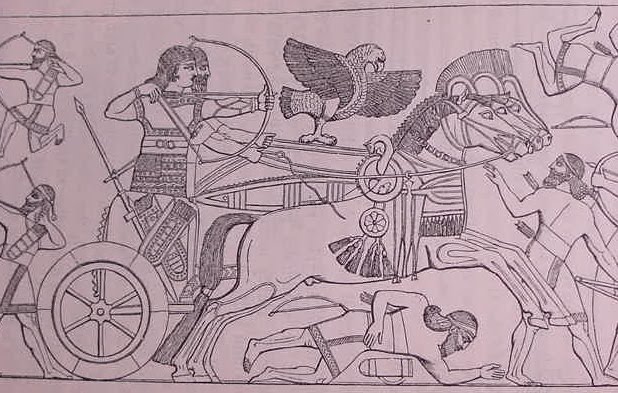



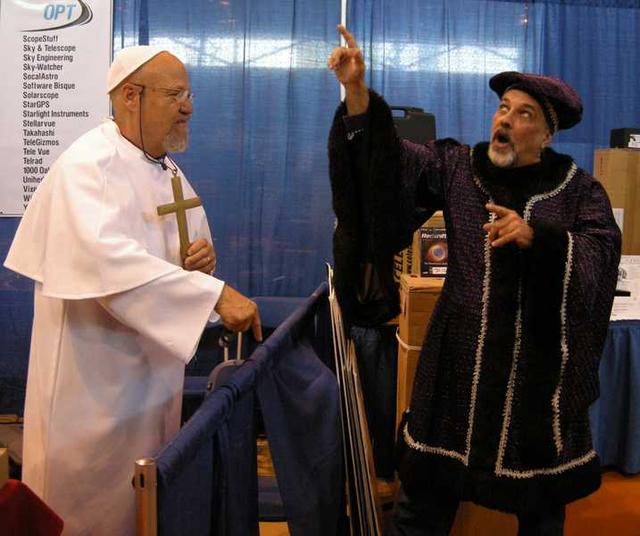




















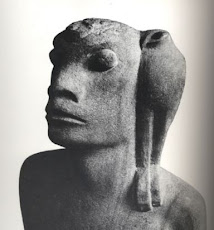












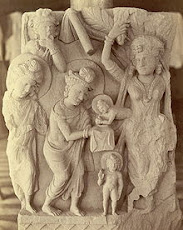




















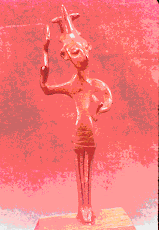






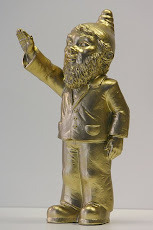












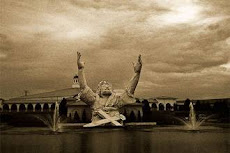














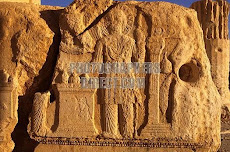

























No comments:
Post a Comment